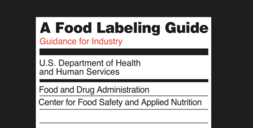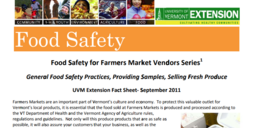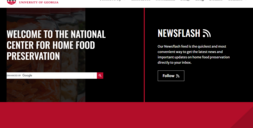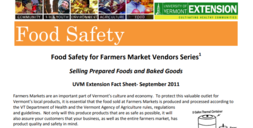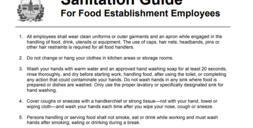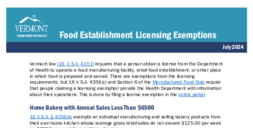The new Manufactured Food Rule is effective August 1, 2024. Read about the changes for exempt food processors and bakeries.
Image
What You Need to Know about Home-Based Food Licenses or License Exemptions
You will need a home-based food license if you operate a bakery, make prepared food for sale direct-to-customer, or prepare food for cooking later at an event in your home kitchen.
How to Get a Home-Based Food License or License Exemption
Do I need a license?
Can I get an exemption?
Other Steps You Need to Take
What do I need to know about working from a home kitchen?
What other steps do I need to take?
What do I need to know about product labels?
Resources
Contact Us
Food & Lodging Program
Mailing address:
VT Dept of Health
Environmental Health
Food & Lodging Program
280 State Drive
Waterbury, VT 05671-8350
Phone: 802-863-7221 or 800-439-8550 (toll-free within Vermont)
Fax: 802-863-7483
Email: FoodLodging@vermont.gov
Topics:
Last Updated:

